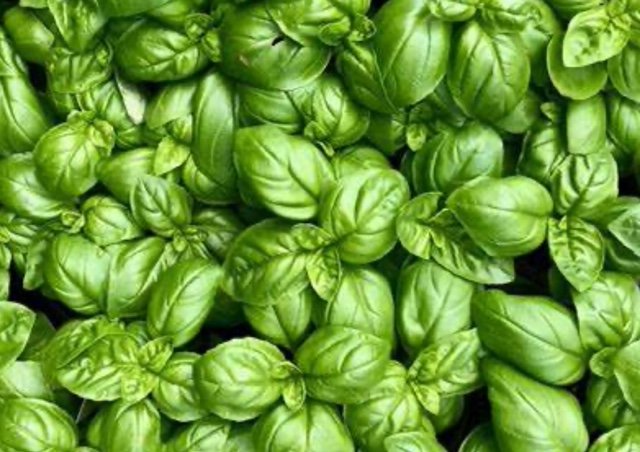By Master Gardener Ivy Summerfield
Basil is loaded with nutrients. Primarily used in a culinary setting as an herb. As a vegetable, basil is used in soups, salads, as garnish, or marinated in olive oil for use in pesto and various pasta dishes and sauces. Its vibrant green or purple foliage is stunning in any dish or garden.
Plant Requirements: Basil is considered an annual. It produces leaves to harvest and seeds to collect all in one season. Basil thrives in heat, so remember to pinch your flowers off to promote a bushy plant, otherwise the basil plant will go to seed.
Varieties to Grow in North Texas: The most common is sweet basil. Some others are cinnamon, holy, Genovese, lemon, and Thai. There is no shortage of green or purple varieties to choose from. Growing and care are the same for all varieties.
Planting Tips: Read your Seed package and follow the instructions. In Ground/Raised Bed; choose well-draining soil and amend with compost. Container Planting; Use a rich potting soil that will retain moisture. Water evaporation is higher in containers so be mindful to check your soil moisture. Sow your seeds or plant your transplant in a full sun location. Keep soil moist.
Maintenance, Pests & Diseases: Basil is considered one of the easiest herbs to grow by seed. Pinching flower clusters will help promote a bushy plant. Touching your plant to release the fragrant smell doesn’t hurt it either, ENJOY the moment.
Some known pests: Aphids, Flea beetles, Grasshoppers, Japanese beetles, Leaf miners, and Cutworms. Damage from these pests can be as simple as leaf damage, stem damage or root damage.
Check the leaves and stems often and look particularly at the backside of the leaves. Depending on the pest, removal could be as simple as spraying water on the leaves to remove them. In rare serious cases it’s best to remove the plant and put in the trash, not the compost bin.
Diseases are another unpleasant event to witness on your basil plant. Some fungal diseases include Fusarium wilt, gray mold, root rot and downy mildew. Leaf spot, brown or black spots on leaves or streaks on stems can be bacterial. Using sterile soil can eliminate this from happening.
Basil can be harvested when you have multiple leaves on the plant. Pinch the tips weekly to promote growth. Best harvesting practice is to cut stems as needed. Be mindful not to cut the woody stem and only cut new growth. Basil leaves can be air dried or dehydrated to store for future use. Once the Basil plant has produced flowers it is well on its way to making seeds. Harvest when they turn brown or gray and have dried completely. Store seeds in a dry place.
Enjoy growing this versatile herb.



















